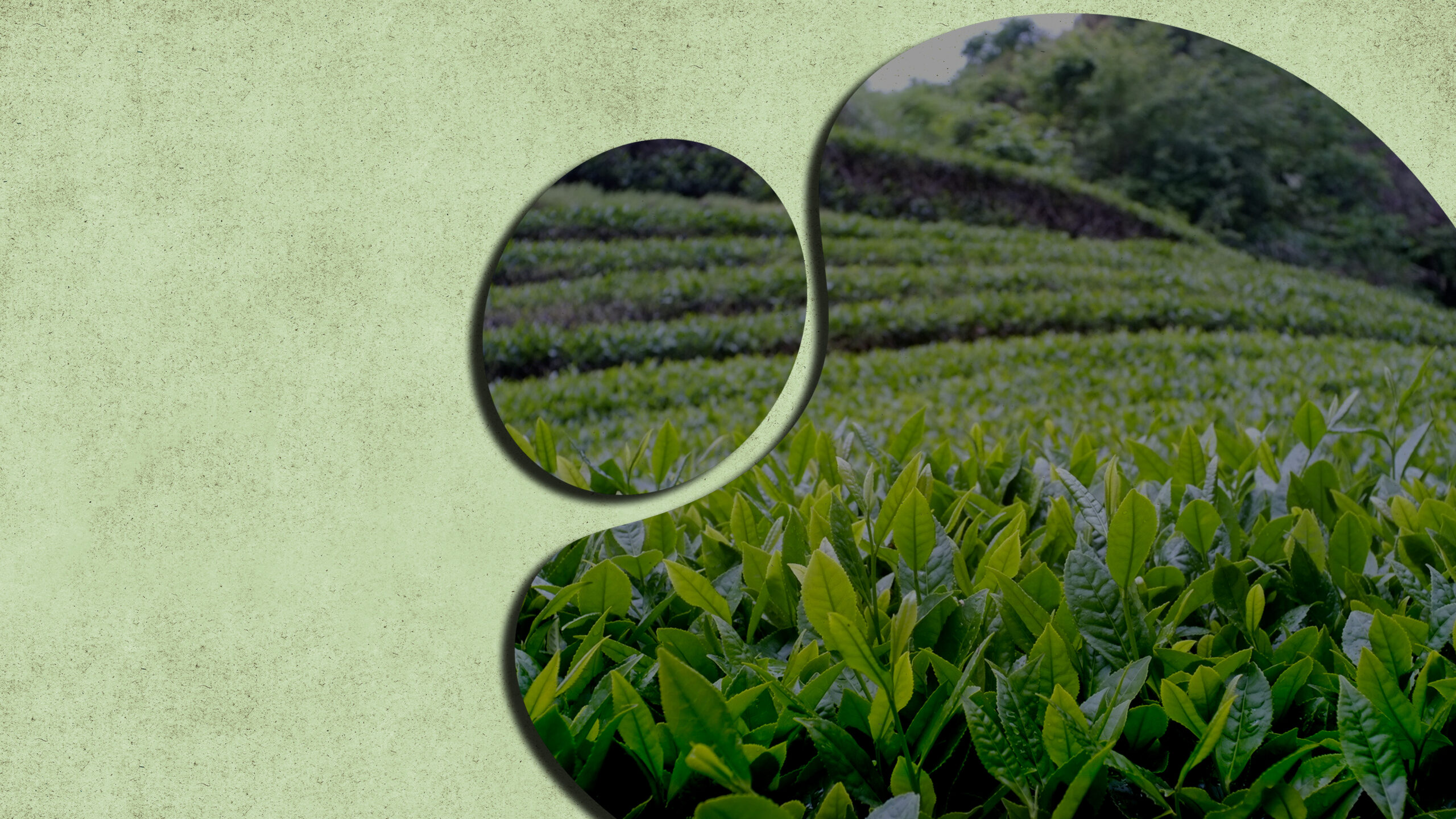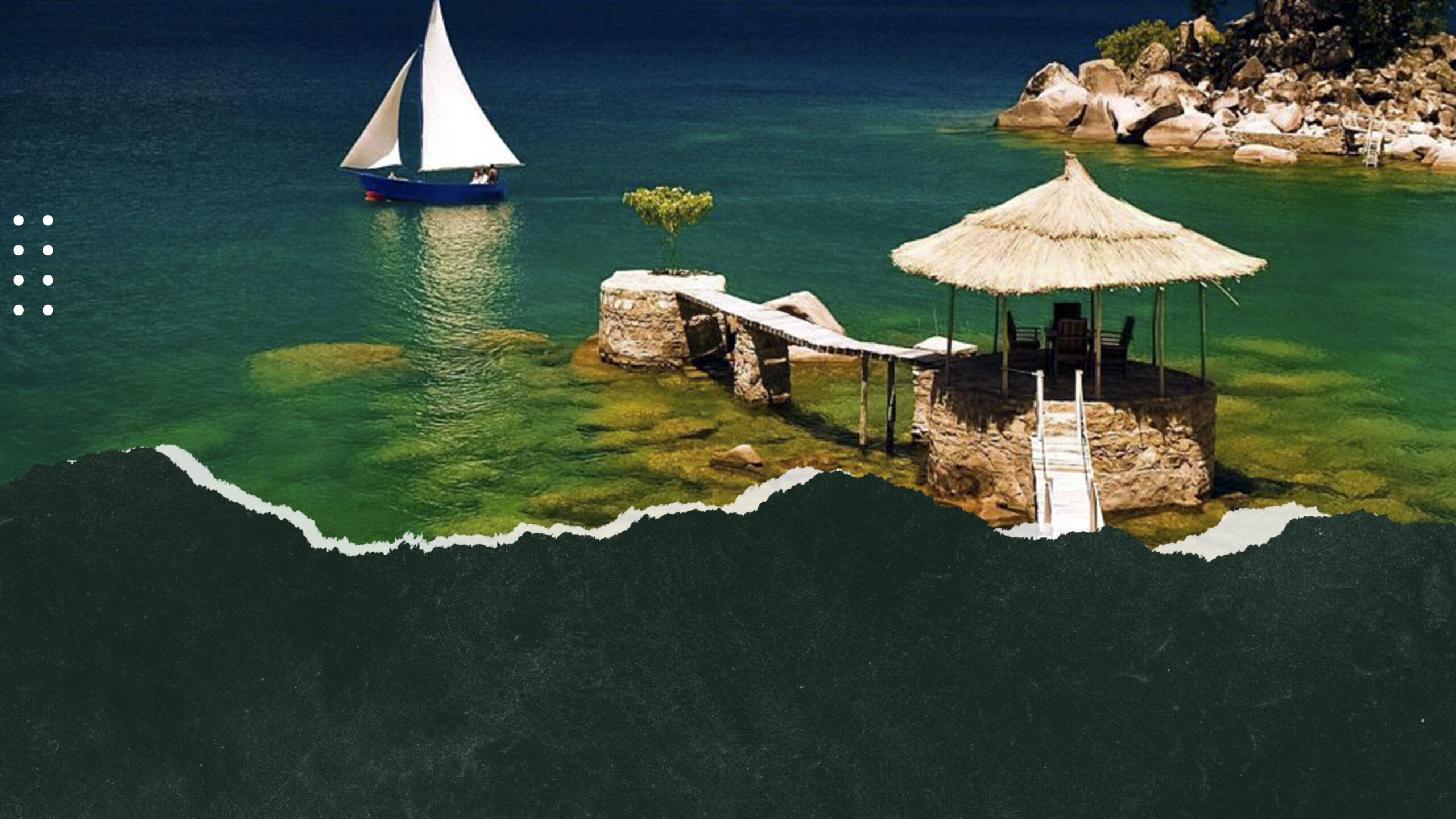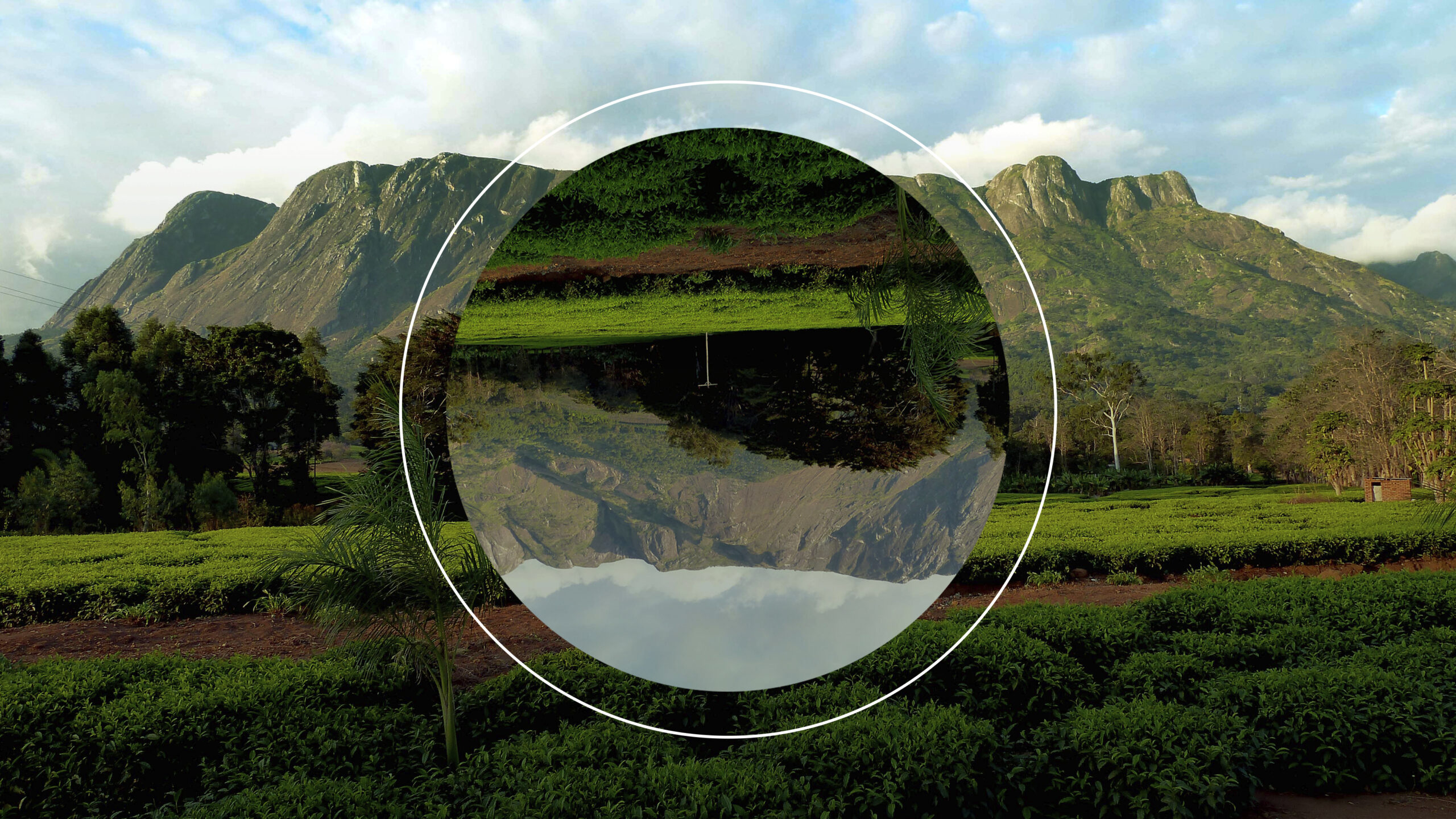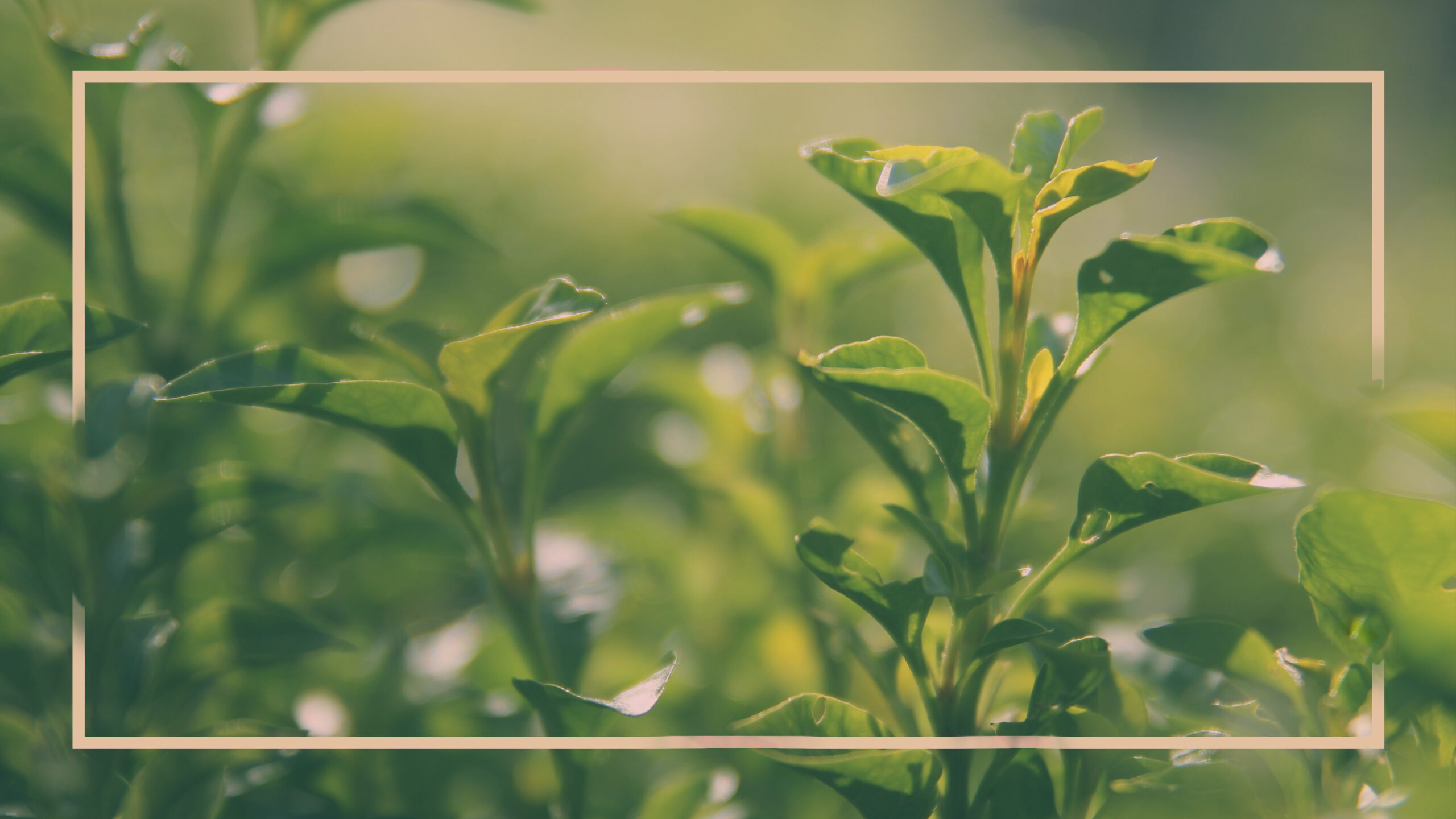The Republic of Malawi is a small, landlocked country in East Central Africa, comprising of more than 20% water and lying entirely within the tropics. It is 896 kilometres in length and varies in width from 80 to 160 kilometres, a land area of nearly 120,000 sq km. It is bordered by Mozambique on the east and southwest, by Tanzania on the north and northeast, and by Zambia on the west and northwest.
For a small country Malawi has a vast range of geographical features. There are high plateaus in the north reaching to heights of between 1,830 and 2,440 m (6,000 to 8,000 ft). The lowlands of the Kasungu and Lilongwe plains in the centre stand at 1,070 m (3,500 ft) high. Then there are the mountains of the Shire Highlands namely Zomba Plateau (2,130 m / 7,000 ft) and the Mulanje Mountain (3,000 m / 9,847 ft), which is the highest mountain in Central Africa. The Lower Shire Valley, only just above sea level is at the southern most point.

Lake Malawi, formally Lake Nyasa and almost 2 million years old, makes up one fifth of the country’s surface area and is Africa’s third largest lake. The lake is the southern end of the Rift Valley and is one of the deepest lakes in the world. Its surface level is 470 m (1,555 ft) above sea level. It contains over 300 species of fish, 90 per cent of which are unique to the lake. Its only outlet is the Shire River, which flows southwards to join the Zambezi River on its journey to the Indian Ocean.

The country is made up of a variety of woodlands, tropical rainforests, open savannah high altitude grasslands and scrub. One will be amazed by the enormous baobab trees, the legendary fever trees, and the tall palm, which bear hard vegetable ivory nuts used for carved ornaments. There are still some forests of the unique Mulanje cedar on the Mulanje Mountain and one of the largest forests in the world the man-made forest in Chikangawa Forest in Mzimba District in the northern region.

The human pressure upon Malawi’s natural environment is very serious, with more and more of the country being put under cultivation of maize and cash crops and being cleared for human habitation. The woods of Malawi are under dire threat from the local population’s need for firewood as fuel. During the rainy season (November to April) the country is lush with green maize, tobacco, high elephant grass, plants and trees. After the rains stop, the land dries quickly, the green is replaced by dusty brown except for a few scattered evergreen plants and trees, principally mangoes. In September-November, the country is ablaze with the purple jacarandas and the deep red Flame Trees.
Advertise Business Online Malawi




